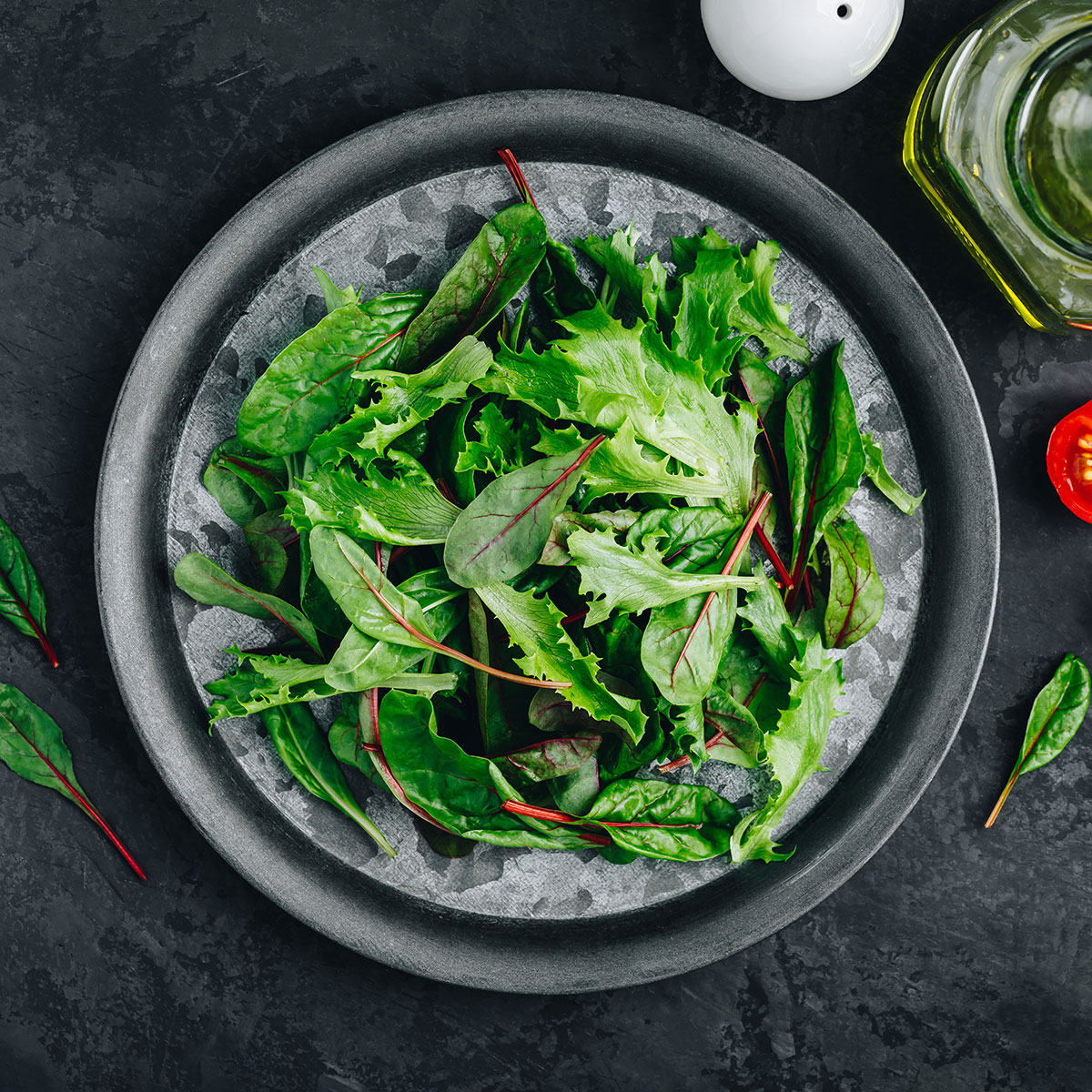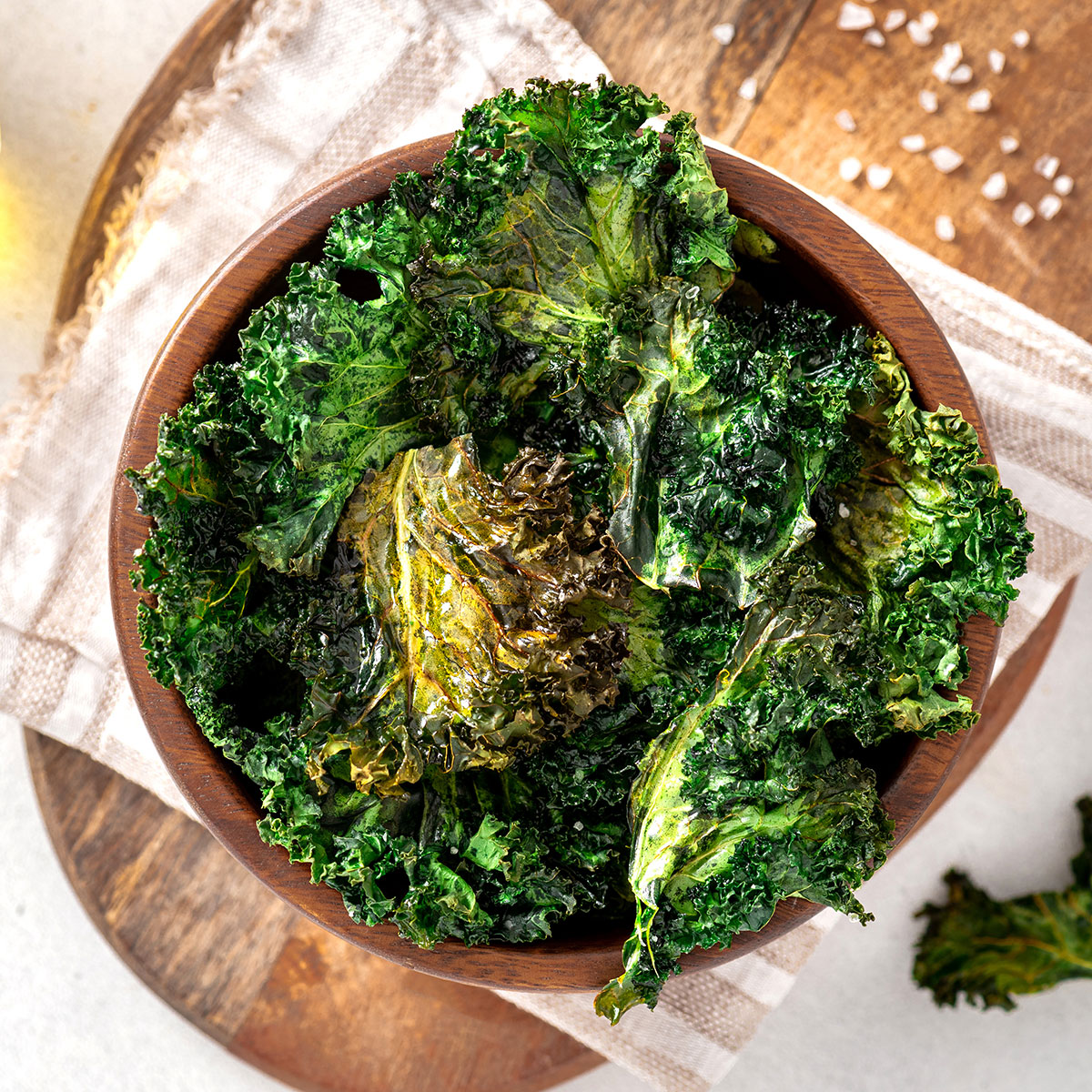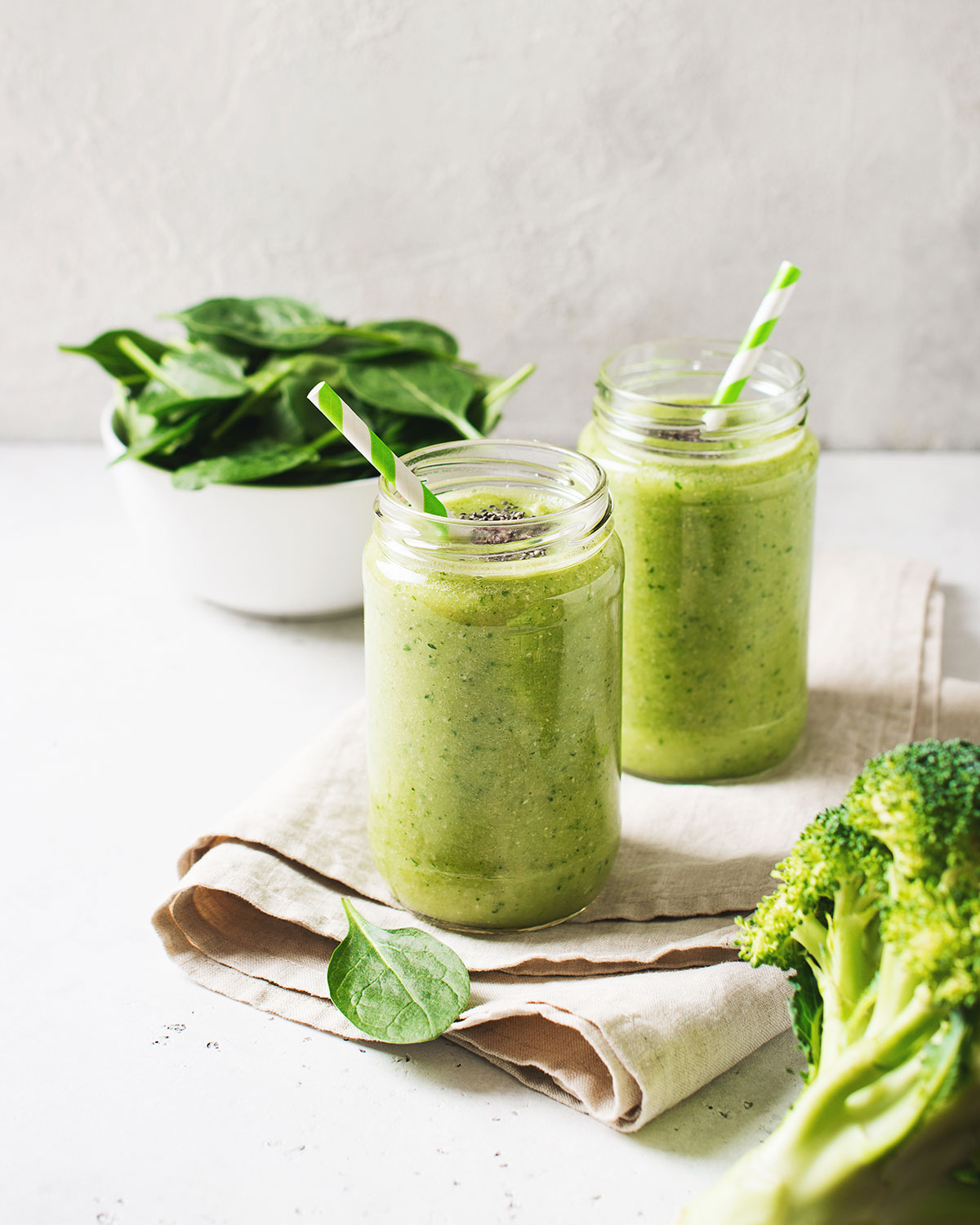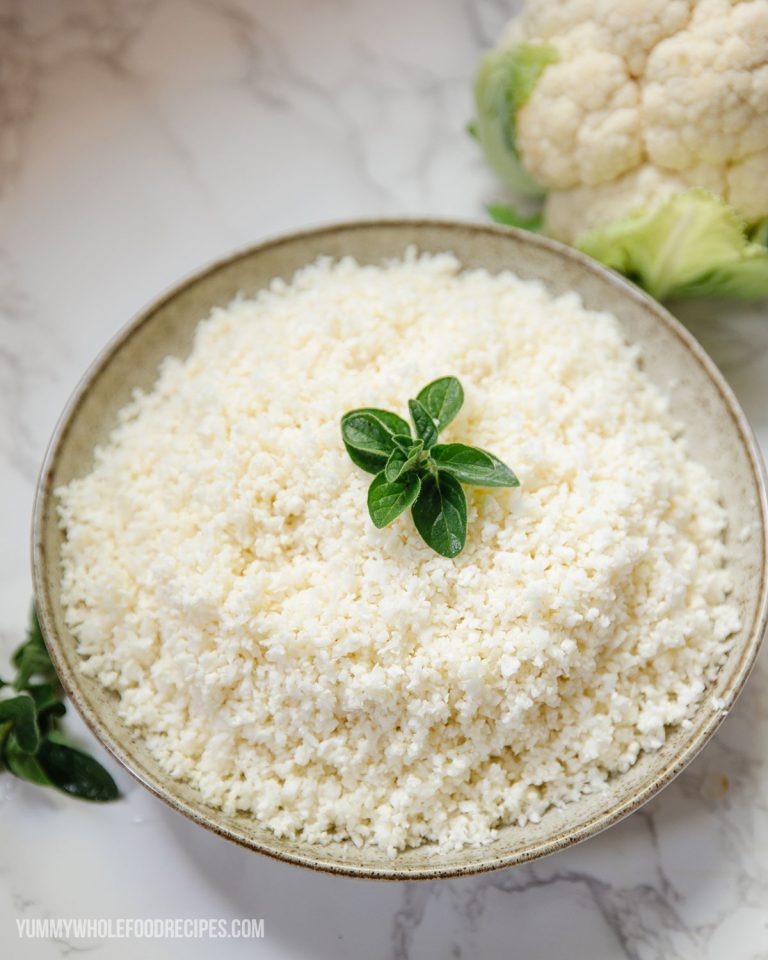Green Leafy Vegetables List & How to Eat More
Eating your leafy green vegetables has never been more important than now. Greens are packed with essential vitamins and minerals like vitamins C and vitamin K, they help in weight management, and protect against chronic diseases. From kale to spinach, collard greens to arugula, the options are endless. In this blog, I’ll explore a comprehensive list of green leafy vegetables and give tips on how to incorporate these greens into your meals.

I’ve always found it difficult to eat lots of leafy dark green veggies, however once I experimented with more types and creatively incorporated them into my regular meals… I felt amazing!! Doing the Gina Livy program last year helped me a lot since she suggests having them at lunch and supper. The benefits of leafy greens for me have been better digestion because of their high fiber content, and feeling fuller while eating less calories which has helped with my weight loss.
What are the benefits of eating green leafy vegetables?
There are numerous health benefits to eating leafy greens! Dark green vegetables can help you get enough folate and they are a good source of calcium (source). Dark leafy greens also support optimal brain function, reduce stomach bloating, support bone health and regulate blood glucose levels (source). With all these amazing benefits packed into a flavourful, crunchy food with low calories… thery’re a great addition to your daily diet!

Photo: Adobe Stock By Светлана Монякова
Green Leafy Vegetables List
Don’t simply stick to the dark green leaves that you’ve always eaten! I encourage you to branch out and try some new produce to enjoy a variety of flavors in addition to the nutritional value these vegetables have to offer.
Kale
Dubbed a “superfood,” kale is high in fiber, vitamin C, and K. This leafy green is versatile and can be cooked, sautéed, roasted, or eaten raw. Pair kale with other salad greens and use in a salad with colorful vegetables, cranberries, and a light dressing. A great way to enjoy kale is to chop it into bit sized pieces, drizzle it with olive oil, sprinkle it with sea salt and pop it in the air fryer for about 10 minutes to make crunchy kale chips. Raw kale can be tough when uncooked, but massaging it makes it more tender before eating.
Spinach
Spinach is an excellent source of iron, spinach also contains vitamin C, A, and K. It also has anti-inflammatory and antioxidant properties, making it essential for optimal health. Add spinach to your omelets, smoothies, or salads. You can also cook spinach and make a side dish or add to your pasta sauce.
Romaine Lettuce
Romaine lettuce is a tall, sturdy green leafy vegetable with a strong flavor and crispy texture. It’s commonly used in salads, particularly Caesar salad, and can add crunch to sandwiches and wraps. You can also grill it for a unique taste or blend it into green smoothies. Always remember to wash it before eating.
Iceberg Lettuce
A popular type of lettuce known for its crisp texture and mild flavor, iceberg lettuce is a popular leafy choice. It has tightly packed pale green leaves that form a round head resembling a cabbage. Iceberg lettuce is often used in salads, coleslaws, sandwiches, wraps, and burgers for its crunchiness. It’s particularly famous for its role in the traditional wedge salad where a quarter of the lettuce head is served with blue cheese dressing, bacon bits, and other toppings. To eat iceberg lettuce, ensure you wash it thoroughly under running water, remove the outer leaves if they appear wilted, then chop or tear it into desired pieces. It can be eaten raw or slightly wilted in warm dishes.
Arugula
This peppery-tasting green is high in vitamin A, fiber, and folic acid. Arugula adds flavor to any dish and can be used in place of traditional greens. Add arugula to your sandwich, use as a pizza topping, or use as a base for your salad.
Collard Greens
Similar to kale, collard greens are a good source of vitamin C, K, A, and calcium. Collard greens are typically eaten cooked like spinach, use as a side dish, or enjoy in a vegetable soup.
Swiss Chard
This leafy green is rich in antioxidants, fiber, and iron. Swiss Chard adds a pop of color to any dish and can be sautéed with other vegetables or added to soups and stews.
Bok Choy
A mild-tasting green, bok choy is an excellent source of vitamin C, A, and calcium. This green is versatile and can be added to stir-fries, salads, or use as a side dish for your protein.
Mustard Greens
This peppery-tasting green is high in vitamin C, A, and K. Mustard greens pair well with other greens and can be used in a salad or a vegetable soup.
Beet Greens
Beet greens are the leafy tops of the beetroot plant, known for their vibrant color and slightly bitter taste. They’re highly nutritious, packed with vitamins A, C, and K, as well as fiber and iron. Beet greens can be eaten raw in salads for a fresh, tangy bite, or cooked—sautéed, steamed, or added to soups and stews—to mellow their flavor and soften their texture.
Turnip Greens
Turnip greens are the leafy top part of the turnip plant, characterized by their dark green color and slightly bitter taste. They’re packed with nutrients, including vitamins A, C, and K, calcium, and fiber. These greens can be eaten raw in salads, but they’re often cooked to reduce their bitterness. They can be boiled, sautéed, or added to soups and stews, and are especially delicious when cooked with garlic and olive oil.
Dandelion Greens
Dandelion greens are the leafy parts of the common dandelion plant. They’re known for their distinct, slightly bitter flavor and are packed with nutrients like vitamins A, C, and K, as well as calcium, iron, and fiber. These greens can be eaten raw in salads, offering a unique tangy punch. They can also be cooked—sautéed, boiled, or incorporated into soups—to soften their texture and mellow their taste.

Photo: Adobe Stock By Denira
How to incorporate more green leafy vegetables into your diet:
- Start with adding a cup of greens to your favorite smoothie or protein shake.
- Swap out traditional lettuce for green leafy vegetables such as arugula, kale or spinach.
- Add steamed greens to your morning omelet or scramble, or use them in this delicious egg bites recipe
- Sautéed greens with olive oil, garlic, and a dash of salt and pepper.
- Use green leafy vegetables as the base of your salad, topped with your favorite veggies and a light dressing.
So… eat your greens! The benefits are endless. Incorporating green leafy vegetables into your diet can be fun and delicious. By adding these greens into your meals, you’ll be nourishing your body with essential vitamins, minerals, and fiber. Get creative with how you include them in your meals through smoothies and more, and enjoy all the health benefits!







I love my greens and have eaten lots for years. Unfortunately they are (mostly) also high in anti nutrients like oxalates which I discovered recently after having surgery for kidney stones caused by eating too many high oxalates “healthy” foods. Now I’m totally lost with what to eat.